Laptop Mag Verdict
Rainbow Six: Extraction’s solid gunplay and diverse level design culminates in experience worth trying, but the sameness of its objectives and weary endgame ensure the joy is ephemeral.
Pros
- +
Satisfying gunplay
- +
Intense stealth action
- +
Fun map design
Cons
- -
Underwhelming endgame
- -
Shallow progression
- -
Tedious objectives
Why you can trust Laptop Mag
Rainbow Six: Extraction takes the intense action from Siege and moves it over to a fully cooperative experience. Throughout a series of unique maps, players will have to work together by completing an objective to acquire intel about a sudden alien threat, and then get out alive. Extracting successfully is the key, and it’s a fitting game title, as its most unique ideas revolve around this mechanic.
Unfortunately, Rainbow Six: Extraction is not something I’d recommend purchasing, but fans of first-person shooters should try it. Its most difficult moments are tense, and although it’s overwhelmed by tedium, its strict approach to taking away progression if you fail to recover an operator is admittedly bold. As a result, it’s an ideal addition to Xbox Game Pass; it’s hard to justify a $40 price tag when there are so many opportunities for it to disappoint, but there’s enough to like that it’s worth the shot.
Spiceless missions
Every mission in Extraction plays similarly: Sneak through a building, burst nests in every room, complete the objective, and run to the next building. Different objectives can make things feel fresh, but once you’ve done them a couple of times each, they start to evoke a similar level of tedium. And unfortunately, they’re not always fun. Some have the player stealth takedown a special elite, others force you to unload bullets into an alien with lots of health, and another requires you to defend a point as enemies rush into the scene.

These objectives lack multiple facets. Clear the building, do one thing and move on. This doesn’t necessarily mean it’s easy, as certain enemy types can be quite a pain to deal with, but it lacks creativity. Things change when tasked with rescuing operators, as players must tightly balance pulling the operator out of the Archaean Tree while destroying the pods that try to feed that tree. These pods regrow, and there’s a bar at the bottom of the screen that indicates how much more juice the Archaean Tree has to fight back. Out of all of the game’s objectives, doing this could yield the most intense encounters. Players actually have to diversify their focus and cover different parts of the room, all while enemies swarm them. This compliments the complexity of tactical action, yet most of the game’s objectives revolve around accomplishing a single task. Even then, this will rarely feel as intense as it should. Players will get into the habit of only extracting operators on the lowest available difficulty as to not risk their lives.
Thankfully, there are a few other fun ones: Decontamination forces the player to breach an area and take down a selection of poisonous nests that constantly spawn enemies. This quickly gets hectic when an entire room is filled with green gas and shrouded Archeans lob alien projectiles towards your squad. Another objective, which can only be found on the harder difficulties, plunges players into an otherworldly portal to battle a Protean; players will need to carefully evade their powerful abilities and fire at the opportune moments to defeat this boss.
Engrossing game feel
Extraction is most satisfying when the player carefully sneaks through a level, tactically clearing each room before attempting the objective. In the best cases, you’ll have no alien threats to deal with by the time you’re completing the mission at hand. This is a gratifying feeling, as the game can get overwhelming if you don’t prepare and take out as many nests and enemies as possible. Having a successful stealth run feels good, but in other cases, aliens will spawn when you interact with the primary objective anyway, which can feel a bit cheap.
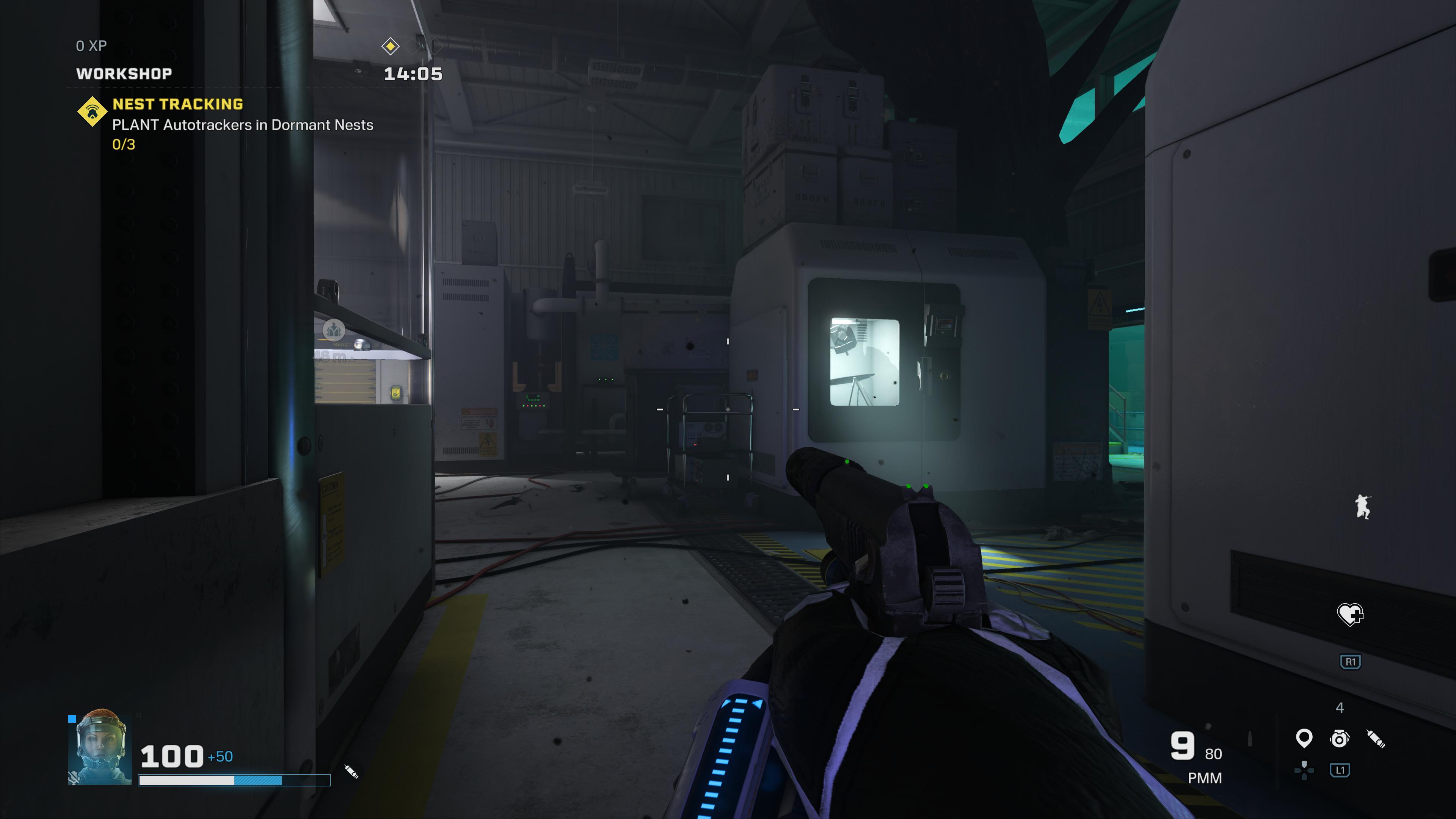
Regardless, blowing holes in the Archaeans feels good; each gun has a tactile punchiness to it, as the intense recoil and visceral audio from every shot provides a realism that contrasts well with turning each corner and expecting an Archaean to charge at you. This captivating atmosphere can be quite spooky at times, and it’s only enhanced by the realism of your firearms. And although the gameplay loop is largely repetitive, the tactical nature of maneuvering and clearing out rooms throughout twelve unique maps had not gotten old throughout my 20 hours of playtime.
Sign up to receive The Snapshot, a free special dispatch from Laptop Mag, in your inbox.
Mixed progression
Players receive experience based on the number of objectives they complete in a match, their kill count, and the amount of health they had by the end of extraction. Additionally, completing research prompts yields substantial experience, so keep in mind what challenges are required of you while running through a mission. Extracting is the most valuable component, as it provides a 90% bonus to experience gained if everyone gets out uncaptured. Additionally, Parasite Mutations change the level in a unique way while also providing a huge bonus to experience earned.
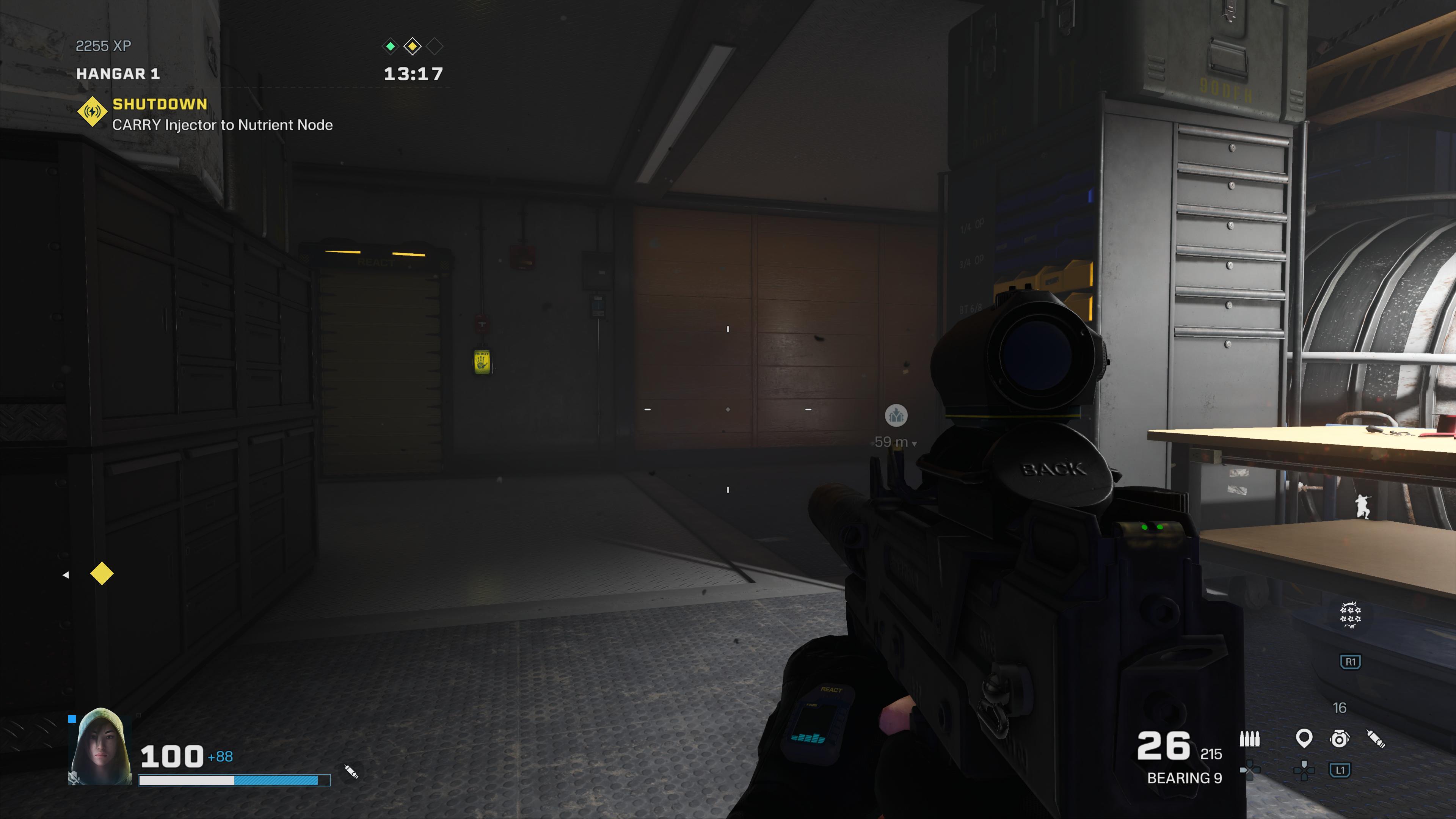
Yet with all of these methods of receiving experience, Rainbow Six: Extraction’s progression is overly simple. Each new level through the React Milestone system gives the player Tech Points to spend on unlockable items. However, these give you either an Explosive or Gear item, and considering players can only have one of each at a time, the changes feel miniscule when these are switched out. Players also unlock new maps through this progression, but there’s not much more to do as far as character customization goes. By the time I had a Revive Kit (allows the player to self-revive once) and a Field Wall (can be dropped to block all enemy projectiles), I never found the need to experiment with other equipment unless it was to complete a research challenge.
Each operator is put on a linear path to level 10, which grants them passive bonuses, weapons and cosmetics. The player has no agency in deciding what they unlock through this progression, as leveling up guarantees what you acquire. Before a match starts, you can select which weapons to equip, but each operator only has a few to pick from. You can switch out certain attachments, yet these barely have an impact on gameplay. The most pressing decision you’ll have to make is whether or not your gun needs a silencer. From this menu, you can select an Explosive or Gear item to equip, which is the game’s most complex form of customization.
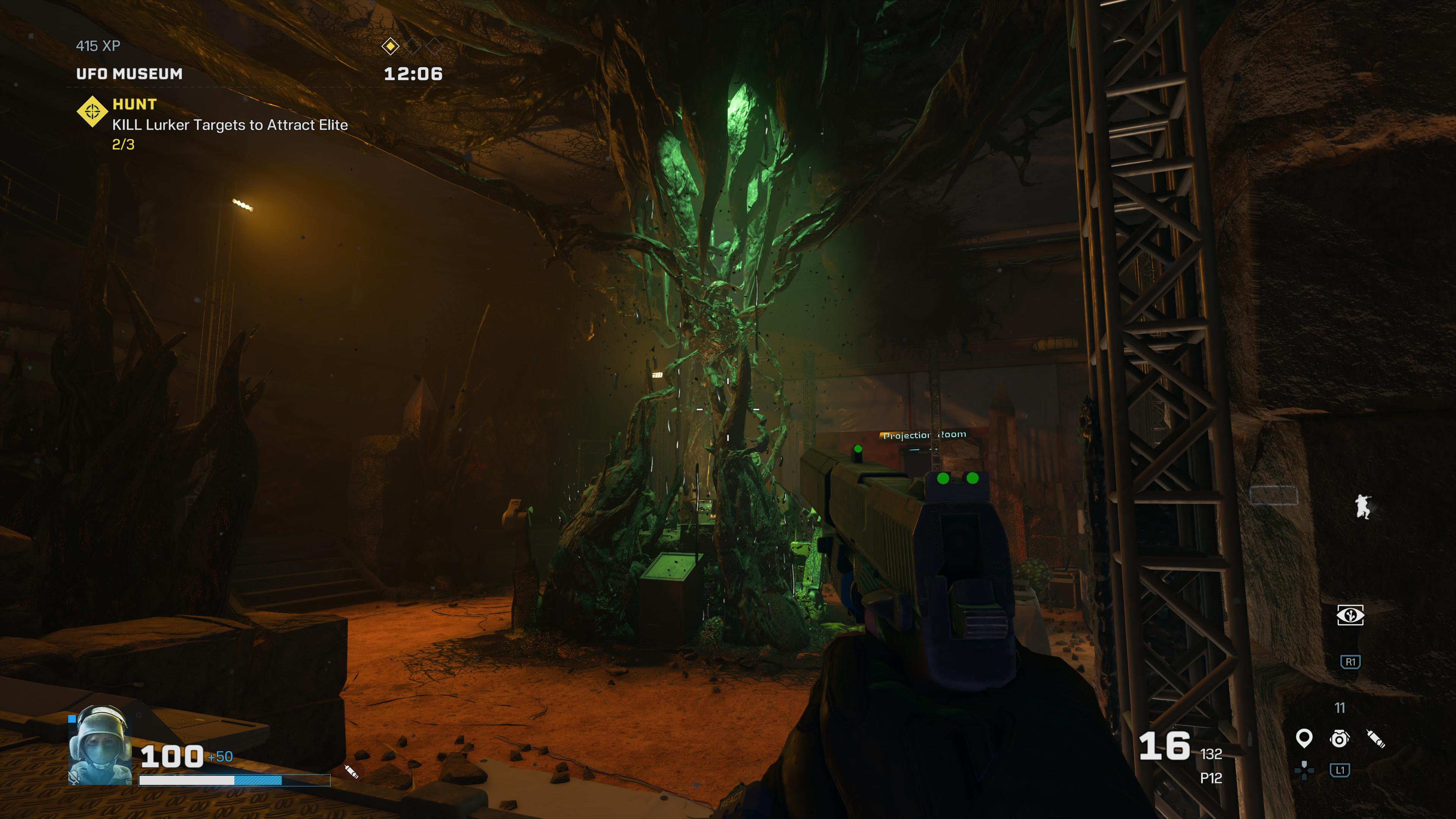
On one hand, Extraction’s moment-to-moment gameplay is engrossing enough that the existence of overly deep progression systems might hinder the experience. Yet, the game’s mission structure begs for some sort of loot system or grander agency in progression. Extraction encourages the player to replay the same maps over and over, yet there’s nothing to grind for.
Operator systems
Progression feels even more limited due to the long-lasting damage Operators can face. If you lose health during a mission, that will not be healed until that Operator is back at base. The only way to restore their health is to continue doing missions and earn points; these points are not received at a particularly fast pace either. I had to keep four operators on rotation. This is certainly a clever way to force players to use different Operators, but the consequences aren’t dire enough. Instead, it’s just mildly inconvenient.
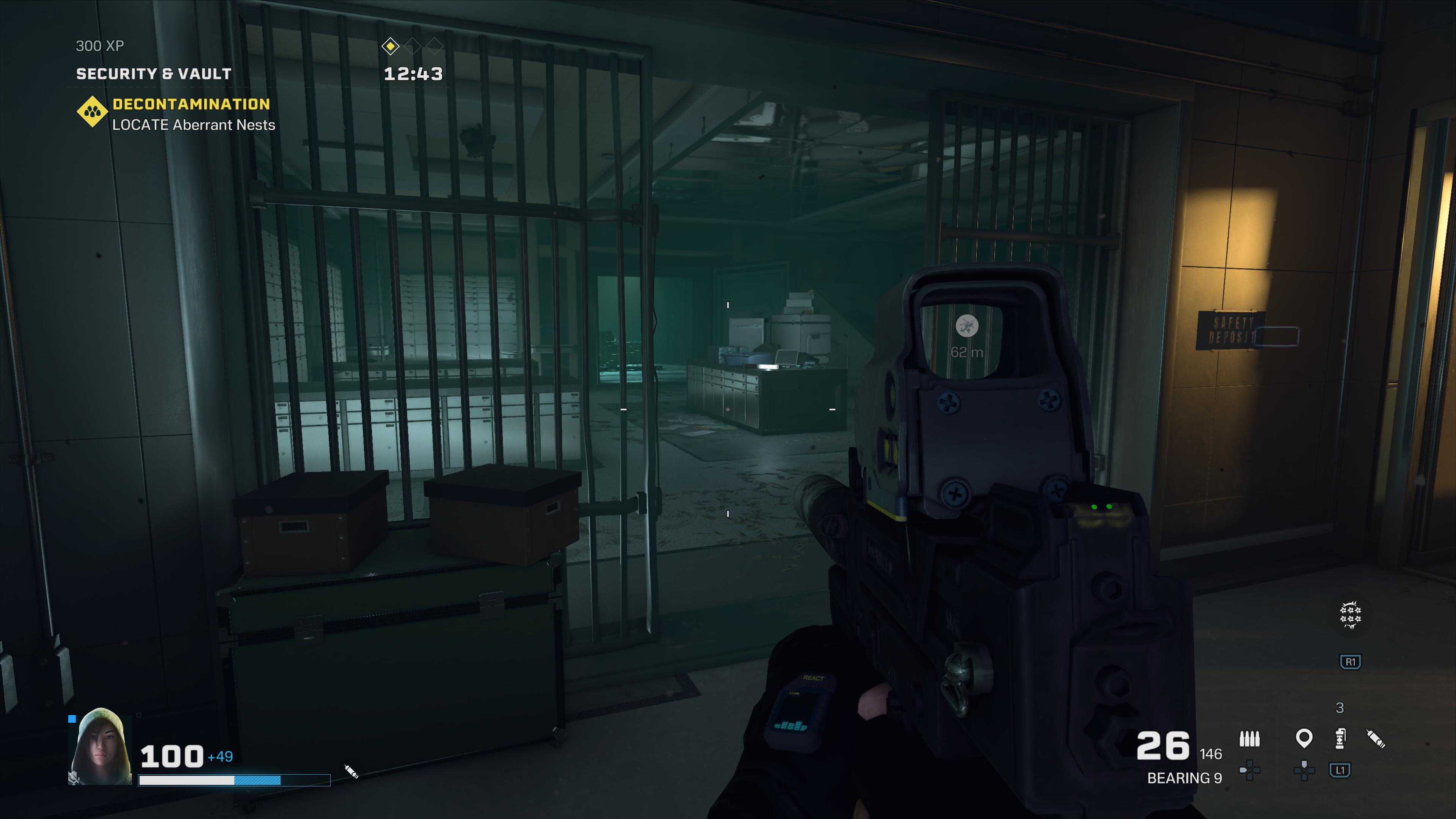
However, the possibility of losing an Operator struck fear into my heart during the first dozen matches. If one of the player’s Operators goes down during a mission or does not make it to the extraction point, they will need to be saved in a future mission. If you fail to extract them, they will lose 30% of their experience. This, admittedly, has made the prospect of failure far more intense. During missions where I need to extract a previous operator, I try extra hard to ensure I don’t lose that little bit of progress. Initially, losing was something way more than just trying again.
Unfortunately, this is only the case during the early game. Once you reach a higher level and begin tackling the hardest difficulties available, having to extract your assets is inconvenient rather than scary. Players can fail during a level at the highest difficulty, and jump into that same level on the lowest difficulty to extract their operators. It turns this mechanic into an emotionless grind to save your operators, and throughout my twenty-or-so hours with Extraction, I’ve never failed once.
Subpar endgame
Rainbow Six: Extraction's already minimal progression culminates into nothing, as its endgame missions are the same objectives and maps as before, except there’s more of them and they’re put on repeat. The Maelstrom Protocol has the player complete nine objectives instead of three, and they’re forced to select from a limited pool of operators. After getting my favorite Operator to max level and realizing they’re not present within that pool, I have been wondering when I’ll possibly be able to use their upgraded abilities for something. Rainbow Six: Extraction’s only reward for completing missions is experience, but at max level, that experience doesn’t go anywhere.
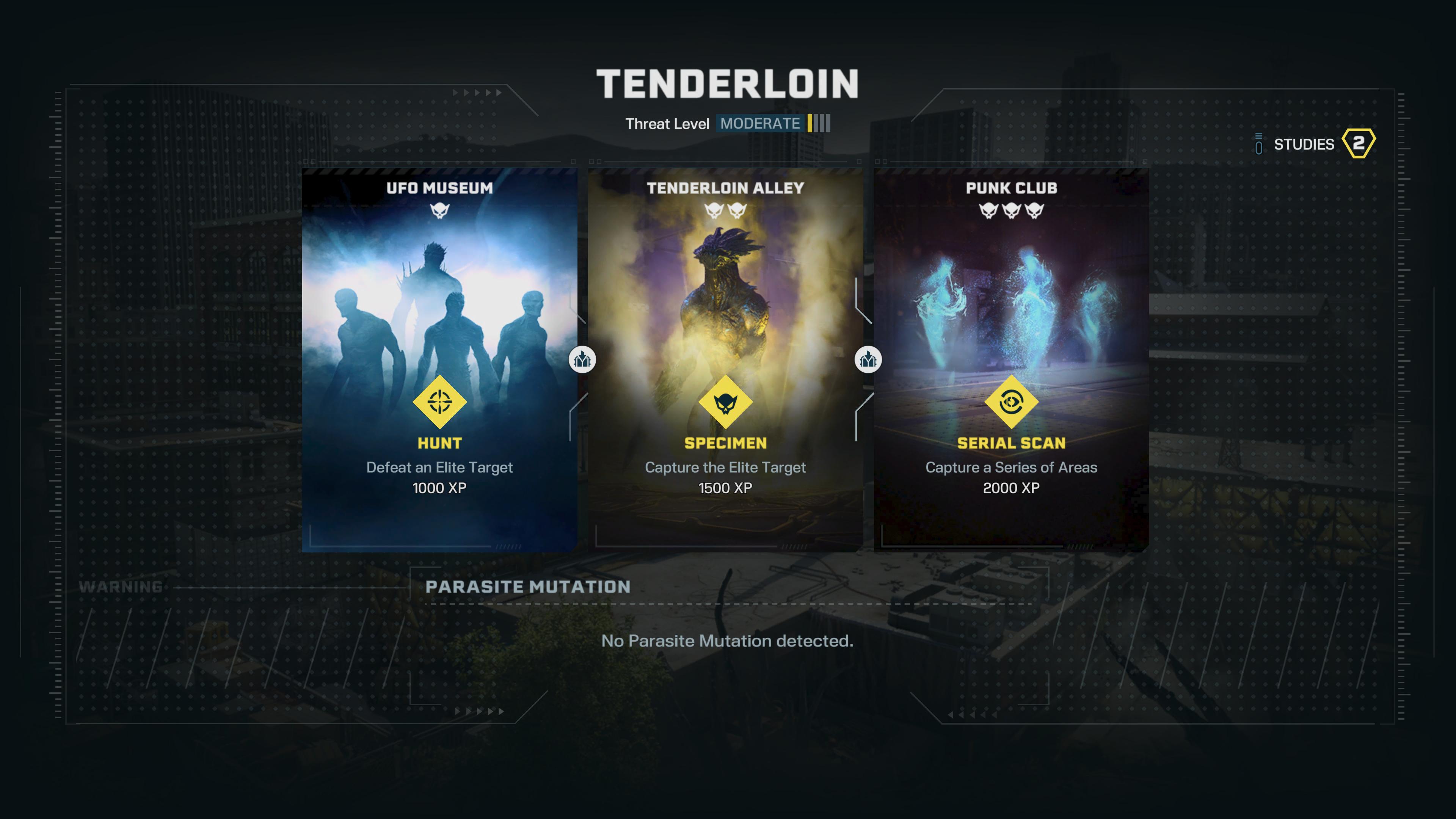
Why would a player redo the same maps over and over without some sort of incentive? Yes, Rainbow Six: Extraction is fun to play, even with its lacking endgame content. But in other games of this kind, players proceed through the base selection of missions, and once they reach max level, a whole new subset of dungeons and possibly even a raid opens up to them. This allows the player to put their personal skills and new in-game abilities to the test, but Rainbow Six: Extraction expects players to commit to a mindless cycle.
When your metric of skill is measured by the amount of experience you get in a mission, it’s incredibly unsatisfying to have that not actually take effect. The point of Extraction is risking your operators for more experience, but if that’s useless at max level, why would I ever use those operators?
Diverse maps
Ubisoft Montreal understands diversifying map design is a good way to increase investment, as the game would be even more repetitive if the player was strewn across a small set of areas. Extraction features 12 unique levels, each with three sub-zones. And although they all boast dim lighting and are mostly made up of interiors (some areas have you go outside for a brief time), each area attempts to nail specific themes.
One of my favorite areas has the player completing objectives in a UFO Museum, with one room in particular featuring tons of mock alien vehicles patrolling a model city. Players will be stepping between mini-streets as they try to stealth takedown the real alien threat. Even in this same level, fun little details like seeing a mural on a wall depicting The Creation of Adam painting but with aliens is hilarious.

Every time the player enters through a door, that next room is sure to evoke some sort of distinct quality. Whether you’re stepping into a garage, a bank vault, a console control room, or an office overwhelmed with red fog, there’s something notable enough about each subset of a level that makes the location easily communicated during gameplay.
It’s a clever way for the tacticality of Extraction to be more pronounced. If you understand the layout of a map, you could call out the details of a location and someone would be able to find you. Distinct environment design is as important in bolstering visual engagement as it is in shifting the tacticality of gameplay.
Bottom line
Rainbow Six: Extraction is reminiscent of a tertiary gamemode present within a more robust package. This limited scale is similar to something like Halo’s Firefight; it’s fun to play, but it’s best enjoyed in short bursts. Firefight is more satisfying, but the point is that many Halo titles also benefit from launching with an excellent campaign, tense competitive multiplayer, custom matches that encourage hilarity, and the mind boggling creative opportunities presented with Forge.
“Extraction” would feel more appropriate attached to a grander package. But in the game’s current state, Rainbow Six: Extraction quickly overstays its welcome when each match plays out too similarly to the last. This isn’t to say that Extraction is inherently weaker due to the method of its release, but it lacks the depth and diversity that could make this type of game addicting.

Self-described art critic and unabashedly pretentious, Claire finds joy in impassioned ramblings about her closeness to video games. She has a bachelor’s degree in Journalism & Media Studies from Brooklyn College and five years of experience in entertainment journalism. Claire is a stalwart defender of the importance found in subjectivity and spends most days overwhelmed with excitement for the past, present and future of gaming. When she isn't writing or playing Dark Souls, she can be found eating chicken fettuccine alfredo and watching anime.

